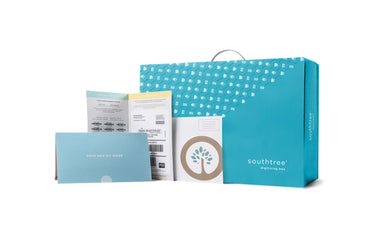Remember back before digital cameras existed, they had to be loaded with film? You’d go to the store, buy a roll, snap however many pictures it could hold, pack it up, and turn it into a local pharmacy to be developed? You’d have to pay a pretty decent amount of money to get your pictures, usually in 4x6 size. In your excitement to open the photos and see all the goofy faces you made at your cousin’s birthday, a bunch of weird, brown mini-pictures fell out of the top sleeve of the paper case?
Those are called negatives, and they’re actually really important. The pictures that the pharmacy printed on little post-card sized plastic paper aren’t actually the pictures. The negatives are the pictures, and without them, you wouldn’t be able to look back at little Timmy’s graduation in wistful reminiscence.
Film Development
In order to talk about why negatives are so important, we’ll need to talk about what they are, where they come from, and how they’re used. Like we learned in a previous blog post, cameras work by exposing film to light. That light causes chemicals in the film to react depending on what kind of light hits them. When you take your film rolls to the pharmacy to get developed, they’re taking that exposed film and turning them into usable images that can be printed out.
Once the raw film has been treated with all sorts of chemicals, the film that was in your camera turns into the little brown strips that are basically opposite-pictures.
Negatives into Pictures
When you’re taking film and turning it into printed pictures, the negatives are what allow you to do that. Negatives get their name because the colors are the exact opposites of what the final picture will be. Greens will be blues, whites will be blacks, and blacks will be white. That’s why they’re called negatives--the picture is the positive and the negatives, well, you get it.
Once the film has been developed and turned into negatives, it’s projected through what’s called an enlarger onto photo paper. This contraption shines light through the negatives, projecting them onto photo paper. At this point, colors flip to create the pretty pictures that you can share with your family, friends, or coworkers.
Why Digitizing Negatives is so Important
It might seem like all that info about film processing was a bunch of wordy hooplah, but it actually shows why negatives are so important. The negatives are the actual original image that you need for printing pictures. If you have the negatives, you can make copies of your images, blow them up to make them bigger, or create digital backups to keep them safe.
That’s where Southtree comes in. Film negatives are extremely fragile. Fingerprints, too much light exposure, and age can taint the negatives and make them unusable. But all is not lost! Southtree has the ability to make digital backups of all of your negatives. We think that’s pretty smart, because if your negatives get ruined, you could lose your memories forever. That’s why we recommend digitizing every single one that you have. You’ll have a digital backup of all of your important memories so that you never have to worry about losing them.













